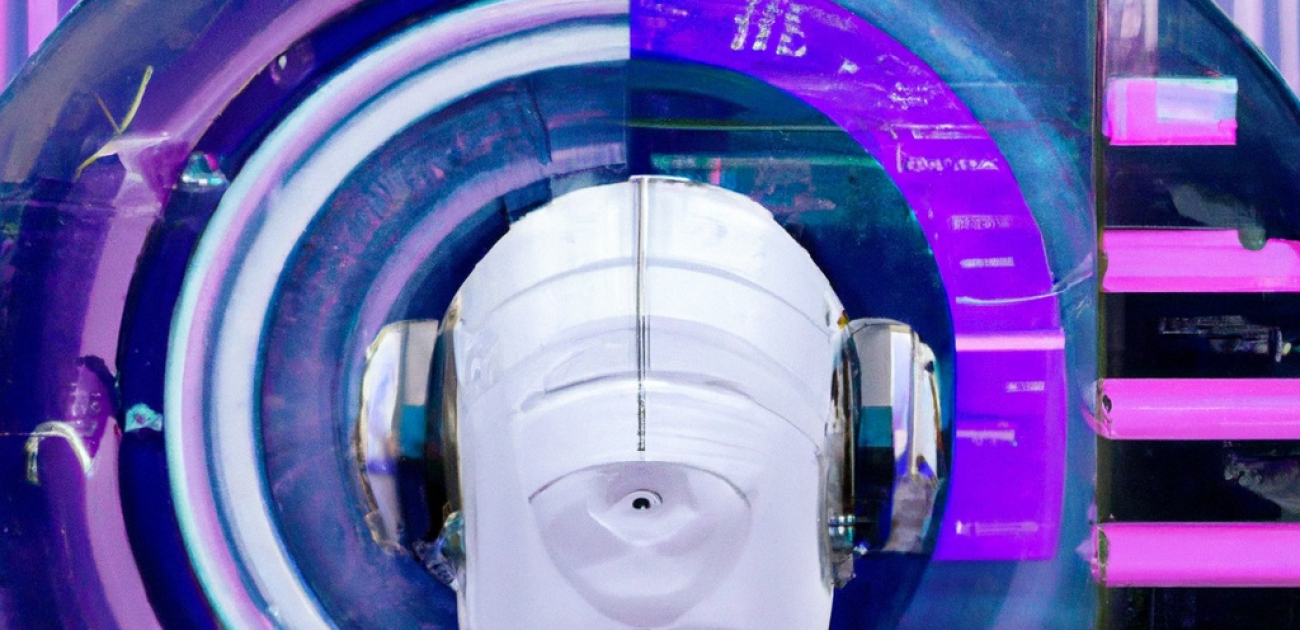How Artificial Intelligence Is Transforming the M&A Practice
Artificial intelligence (AI) is having a major impact on merger and acquisitions (M&A) practice. AI is being used to automate tasks, identify potential targets, evaluate targets, negotiate deals, and manage risk. This is leading to faster, more efficient, and more successful M&A transactions.
Automating tasks
AI can automate many of the manual tasks involved in M&A, such as document review, data analysis, and financial modeling. This frees up M&A professionals to focus on more strategic and value-added tasks.
For example, AI can be used to review large volumes of documents quickly and accurately. This can help M&A professionals to identify potential risks and liabilities early in the deal process. AI can also be used to analyze large datasets of financial, operational, and market data. This can help M&A professionals to identify patterns and trends that would be difficult to spot with the naked eye.
Identifying potential targets
AI can be used to identify potential acquisition targets by analyzing large amounts of data, such as financial statements, news articles, and social media posts. This can help M&A professionals to identify targets that are a good fit for their company and that are likely to be accretive to shareholder value.
For example, AI can be used to identify companies that are struggling financially or that are facing regulatory challenges. These companies may be more likely to be acquired at a discount. AI can also be used to identify companies that are expanding into new markets or that are developing new products or services. These companies may be more attractive acquisition targets for companies that are looking to grow their businesses.
Evaluating targets
AI can be used to evaluate potential targets by analyzing their financial performance, operational strengths and weaknesses, and competitive landscape. This can help M&A professionals to make more informed decisions about which targets to pursue.
For example, AI can be used to build financial models that project the future performance of potential targets. This can help M&A professionals to assess the financial viability of potential deals. AI can also be used to identify potential risks associated with potential targets, such as regulatory exposure or intellectual property disputes.
Negotiating deals
AI can be used to negotiate deals by generating counteroffers, identifying areas of potential compromise, and tracking the progress of negotiations. This can help M&A professionals to close deals more quickly and efficiently.
For example, AI can be used to generate counteroffers that are tailored to the specific needs of the parties involved in a negotiation. AI can also be used to identify areas of potential compromise, such as the price of the deal or the terms of the agreement. AI can also be used to track the progress of negotiations and to identify potential roadblocks.
Managing risk
AI can be used to manage risk by identifying potential risks, assessing their likelihood and impact, and developing mitigation strategies. This can help M&A professionals to reduce the chances of a deal going sour.
For example, AI can be used to identify potential risks associated with a particular target, such as financial instability or regulatory exposure. AI can also be used to assess the likelihood and impact of these risks. AI can also be used to develop mitigation strategies, such as requiring the target to provide financial guarantees or to agree to certain regulatory compliance measures.
AI is a very powerful tool that can be used to improve the M&A process in several ways. As AI technology continues to develop, it is likely to have an even greater impact on the M&A practice in the years to come.
Do you want more information?
 Safak HerdemMr. Şafak Herdem is the founder and managing partner of the HERDEM Attorneys at Law, Istanbul, Türkiye-based law firm focusing on international trade and other international business issues having special focus on aerospace & defense and international trade.
Safak HerdemMr. Şafak Herdem is the founder and managing partner of the HERDEM Attorneys at Law, Istanbul, Türkiye-based law firm focusing on international trade and other international business issues having special focus on aerospace & defense and international trade.

